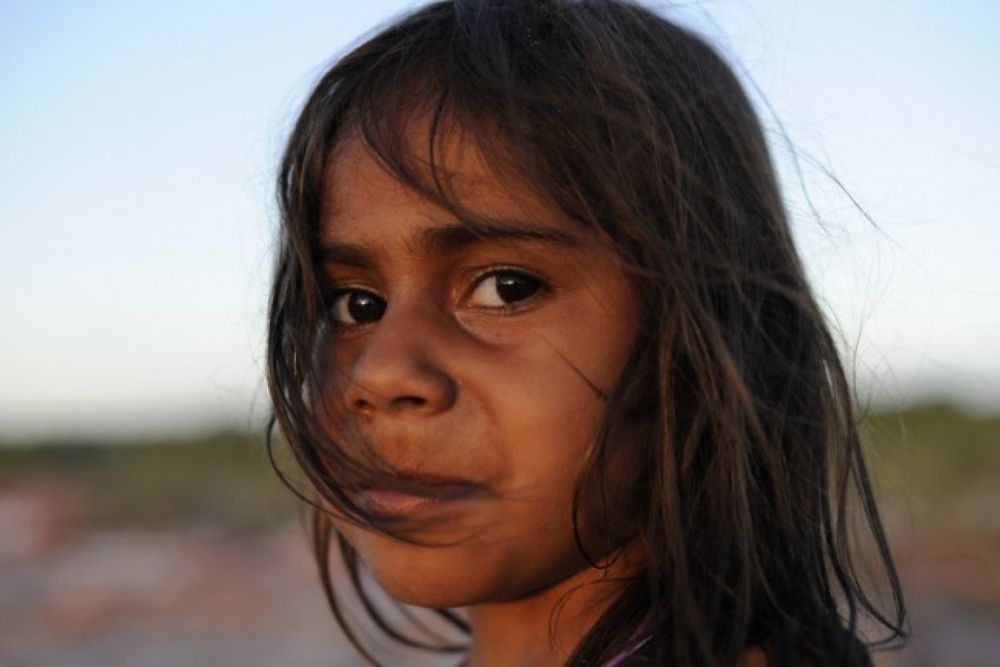How to celebrate indigenous languages in your centre
Published on Tuesday, 26 March 2019
Last updated on Monday, 30 December 2019

Languages are an important part of who we are as people and our cultural identity. They help us communicate, educate, integrate socially and develop, in addition to linking us to our individual identity, traditional culture and memory. Yet sadly, many languages are fast disappearing globally.
In an effort to honour and raise awareness for all the different languages around the world and help those who speak them, the United Nations has declared 2019 the Year of Indigenous Languages (IYIL 2019). Here's how you can support and celebrate indigenous languages in your early childhood service.
What is an indigenous language?
Contrary to popular belief, an Indigenous language is not always one that is most widely spoken in a country. Instead it's an autochthonous language, one that's native to a region and spoken by indigenous (native) people from a distinct community that originated in the area. According to the International Year of Indigenous Languages 2019 website, there are:
- 7 thousand - Languages spoken worldwide
- 370 million - Indigenous people living in the world
- 90 countries - With indigenous communities
- 5 thousand - Different indigenous cultures
- 2,680 languages - Currently in danger
These are the reasons why the UN believes indigenous languages are so important:
- Knowledge - Unique systems of knowledge and understanding of the world.
- Peace - Sustainable development, investment, peace building and reconciliation.
- Rights - Fundamental human rights and freedoms for indigenous peoples.
- Inclusion - Social inclusiveness, literacy, poverty reduction and international cooperation.
- Diversity - Cultural values, diversity and heritage.
Indigenous languages in Australia
Looking in our own backyard first, Aboriginal and Torres Strait Islanders are of course the native people of Australia. However, like many other indigenous people in other countries, they don't have one universal language.
At the time of European settlement in 1788 there were more than 250 indigenous Australian languages spoken on the continent, including 800 dialectal varieties.
Unfortunately, today approximately only 13 of these have enough young people speaking them to sustain the language into the future. Roughly another 100 or so are spoken by older generations, but as elders pass away these languages are at risk of disappearing.
Many Australians also can't name any of their country's indigenous languages, so it's important that the younger generations become more aware of their native culture. The most widely-known Aboriginal languages are Arrente, Pitjantjatjara and Warlpiri in Central Australia; Kriol, Murrinh-patha in Wadeye; and Yolngu and Gunwinyguan in Arnhem Land.
Ideas for celebrating Aboriginal languages
There are lots of different ways to help the children in your service understand more about Australian indigenous languages. Here are a few ideas:
- Find out the language for your region - Research which languages and dialects are used in or originated from your area and teach the children how to say a few simple words in them.
- Invite an indigenous guest speaker to your service - Invite an Aboriginal elder to pop in for an educational talk or to tell the children a story a musical performance could also be a fun addition.
- Discover where our words originated - The word kangaroo is from Guugu Yimidhirr, a language of North Queensland; while boomerang, wombat and dingo all originated from languages in the Sydney area. You could create a large map and stick or draw pictures of the words to then pin in the areas the languages are from.
- Celebrate art, music and dance - A further extension of embracing Aboriginal language could be to also play or learn indigenous songs and involve the children in traditional dancing or playing of instruments such as clap sticks. Creating dot paintings representing certain aboriginal words and reading children’s books about aboriginal stories (including indigenous language) are also fun activities.
Including other indigenous languages
Now thinking about the rest of the world, here are some ways you can teach acceptance and awareness of other international indigenous languages in your centre:
- Highlight the five pillars of indigenous languages (as per IYIL 2019) - Knowledge, Peace, Rights, Inclusion and Diversity. You could write each word on a piece of cardboard, talk about what they mean and then have the children cut and paste images from old magazines and/or draw pictures on them that represent what the words stand for.
- Identify links to other cultures - You might have some children or carers in your service that are from other countries in which case you could invite their parent in or have the teacher talk about what languages are indigenous to their country.
- Read multilingual books - At story-time select books which feature words in multiple languages and discuss which country they are indigenous to.
- Decorate the classroom - Write out some simple or common words (such as hello or goodbye) in different indigenous languages and have them placed around the centre with a picture of what the word means. Another idea could be to hang up flags of different countries to aid discussions about what languages are indigenous for each.
Thanks to IYIL 2019 and AIATSIS for their information on Aboriginal and Torres Strait Islander and other international indigenous languages.
Related Articles

Harmony Day activities
Harmony Day, is an initiative celebrating the successful integration of migrants into our community and reinforcing the importance of inclusiveness to all Australians.

The anti-bias approach in early childhood education
Anti-bias education is an approach designed to increase understanding of differences and their value to a respectful and civil society, and to actively challenge bias, stereotyping and discrimination.

New resource for boosting inclusion in early childhood services
Online resources to help educators gain more confidence in building inclusive environments.

